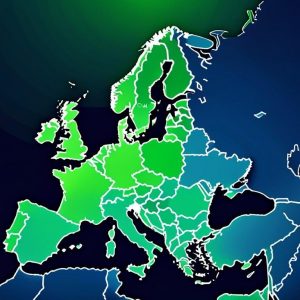-
Home / News
News
-
Read More
If you want to get most of your patent try to use an Input-Processing-Output (IPO) approach for drafting patent claims. The IPO framework breaks the invention into three fundamental stages: Input, Processing, and Output. To illustrate this concept, picture a “black box” representing your invention — this box could be a processor, a server, a router, or any other hardware or software system.
Here’s how the stages play out:
-
Read More
When it comes to drafting a patent application, the selection of terms is a pivotal process that can significantly influence the clarity, enforceability, and scope of the patent. Let's delve into the key considerations and strategies for choosing the right terms in your patent application.
The Significance of Term Selection
Clarity and Precision: The terms you choose must clearly and precisely define your invention to prevent any ambiguity. Vague language can lead to interpretation challenges during legal proceedings or when enforcing your patent rights.
-
Read More
Patent translation is a complex process that requires a deep understanding of both language and law. A good patent translator must not only be fluent in multiple languages, but also have a strong grasp of technical terminology and the nuances of patent law.
One of the biggest challenges in patent translation is finding the right balance between authenticity and accuracy.
-
Read More
The European Union Intellectual Property Office (EUIPO) has published its Strategic Plan 2030, outlining its vision for intellectual property, viz. EU trademarks and designs, and priorities for the next five years. The plan, which takes effect on January 1, 2025, aims to build a "robust, inclusive, and sustainable IP ecosystem" that supports innovation, competitiveness, and economic growth in Europe.
-
Read More
The current patent eligibility framework in the U.S. has faced criticism for straying too far from the actual wording of the patent statute. The law clearly states that both "inventions" and "discoveries" are eligible for patents.
However, the courts have introduced various exceptions, like banning patents on "abstract ideas" and "natural phenomena," even though those terms don't appear in the statute. In one case, the Supreme Court even said courts shouldn't add exceptions that aren't in the law.




